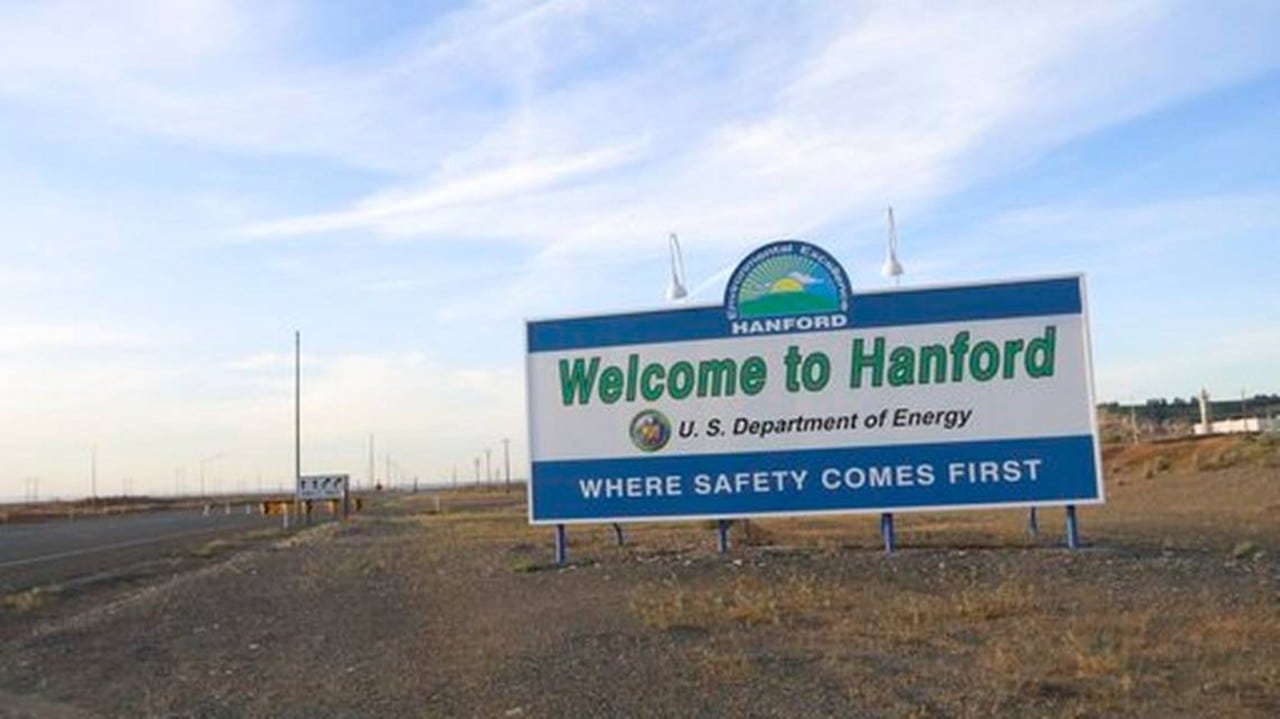
The timeline to start converting low-level radioactive waste into glass at the Department of Energy’s Hanford Site in Washington state has already been slowed by technical and workforce issues and more challenges could arise, a DOE manager told the Nuclear and Radiation Studies Board.
The Waste Treatment and Immobilization Plant is a complex project and if officials think of commissioning as merely turning a key “we are fooling ourselves,” Tom Fletcher, DOE’s assistant manager for the project said Wednesday.
While DOE’s Office of Environmental Management targeted the end of 2023 for starting vitrification at the plant’s Direct Feed Low-Activity Waste facilities, an agency budget official said in early December, the milestone could slip into 2024. But Fletcher appeared to leave the agency even more wiggle room.
“My gut tells me we are still well within the consent decree milestone that’s been adjusted for the COVID impacts,” into early 2025, Fletcher said. A modified consent agreement approved by a federal judge in the U.S. District Court for Eastern Washington approved a formula allowing DOE and plant contractor Bechtel until 2025 to start low-activity waste vitrification.
The COVID-19 pandemic and workforce attrition have affected the plant timeline in various ways, Fletcher said. Along with time lost when workers were forced to stay home, there are also supply chain backups.
What once “was off the shelf equipment is now taking a number of weeks to get in,” Fletcher said. “It is not what it used to be.”
In addition, Hanford attrition over the past couple of years has increased from roughly 12% to 22%, Fletcher said. Part of this is driven by the much-discussed demographics of an aging workforce.
Additionally, Fletcher said it could be April before heat-up resumes at the first melter at the Waste Treatment Plant. The warmup was halted during October after problems, including some electrical issues. Some issues have been solved, while others remain, Fletcher said. “The system is designed to operate really well at 100% power, not so well at the lower end,” he added.
In a Friday email to Exchange Monitor, a DOE spokesperson offered some additional insight into the melter situation.
“During initial heat-up of the melter, the start-up heater power supply experienced higher-than-anticipated currents that led to a pause in the heat-up process,” the spokesperson said. Basically, the setup got too hot, too fast, according to DOE.
The agency believes issue with the power supply for the start-up heaters, designed to gradually raise the temperature, has been fixed.
The DOE spokesperson said more testing is planned on the Joule heater power supply. This works somewhat akin to a toaster, using electrodes to generate an electrical current through the liquid glass pool into which waste goes, according to DOE.
The panel for the National Academies of Sciences, Engineering and Medicine is assisting Savannah River National Laboratory’s research into options such as grout for supplemental low-activity waste that cannot be processed at the vitrification plant.
The WTP was designed to process all high-level waste, but low-level waste accounts by volume for most of the 56 million gallons underground tank waste left over from decades of plutonium production. To solidify the low-level tank waste, Hanford personnel first run those liquids through a pretreatment system that feeds the main WTP facility.
DOE expects the third batch of pretreatment at the Tank Side Cesium Removal project to resume “early this year,” Delmar Noyes, DOE assistant manager for Hanford tank farms, told the panel. He did not say when the pilot project might resume pretreatment of waste following two runs totaling 380,000-gallons over two runs that ended after workers found radiological contamination during replacement of one of the pretreatment system’s ion exchange columns last summer. Officials want the Tank Side Cesium Removal project to pretreat 1 million gallons prior to startup of low-activity waste vitrification.
Meanwhile, the Office of Environmental Management is also working on National Environmental Policy Act paperwork that could be published this spring on a 2,000-gallon demonstration project for grouting tank waste at Hanford for off-site disposal, Noyes said.
This is the next evolution of the so-called Test Bed Initiative, in which three gallons of Hanford waste was grouted and shipped to Waste Control Specialists’ commercial disposal site in Texas during 2017.
Planning for the 2,000-gallon Test Bed Initiative followup started in 2018. The permitting process for the demonstration should get rolling late in 2023, Noyes said.
While congress appropriated $7 million in fiscal 2022 for the Test Bed Initiative, now called Low-Level Waste Off-Site Disposal, the project received no funding in the 2023 omnibus budget.